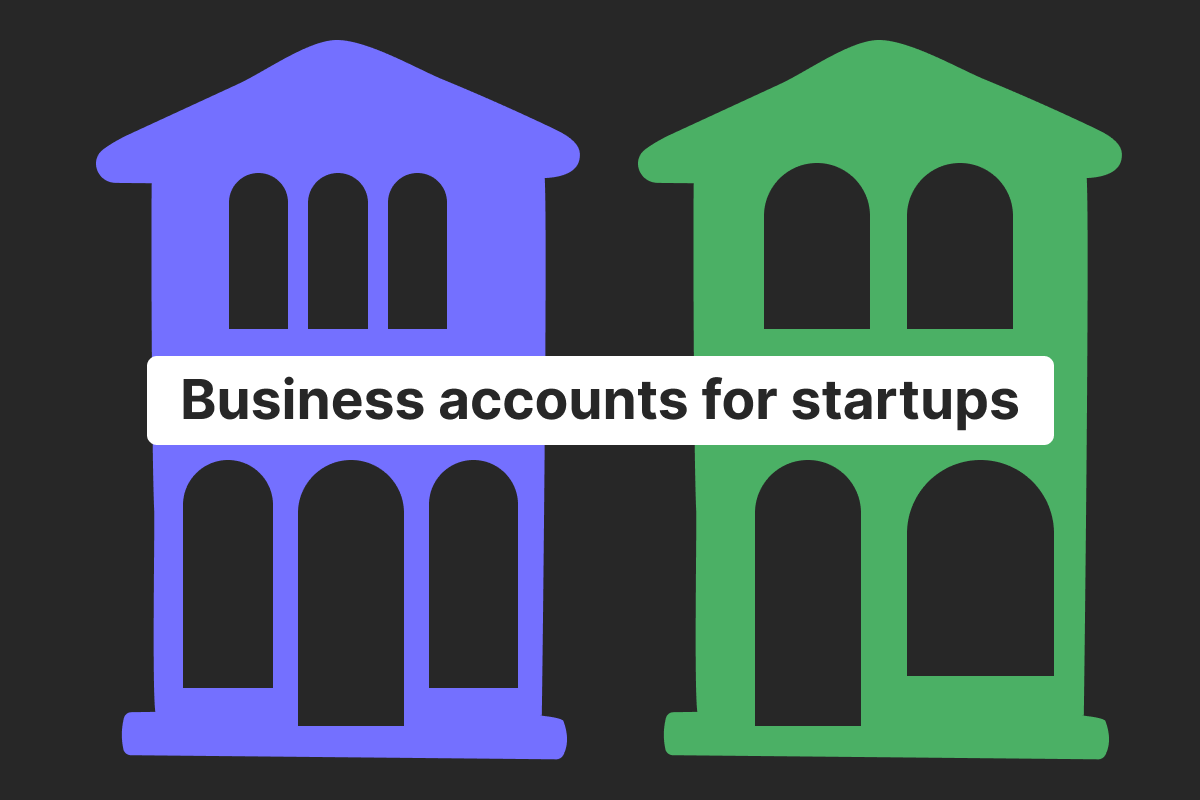Genome Blog / articles / A simple explanation of the movement of money in the banking system
Feb. 16, 2022
Let’s begin with an explanation of what a banking system is. To put it shortly, it’s a unity of institutions that offer a bunch of financial services. When one needs to accept money from somebody else, make a transfer, or apply for a loan, the funds circulate within this system.
In Genome, we help our clients open business accounts and personal accounts. Just like any other financial institution, we’re involved in the movement of money when our customers send funds between their accounts in EUR, USD, etc. Therefore, today we will talk more about how all these processes happen to make a banking system a bit more understandable.
Types of banks
You may be wondering how banks receive money and make profits? The answer is simple: banks are special entities to store funds safely. We entrust our money to such financial institutions so that it can be securely kept in bank accounts and used whenever it’s needed. Banks are regulated not only by laws but also by organizations. For instance, in the US, all financial institutions are under the control of the Federal Reserve Board. Similarly, international entities also administer all the banks on an even higher level. Thus, the majority of financial institutions are under similar regulations, no matter whether they are based in the Netherlands, Portugal, or Italy.
Banks use deposited cash to give loans to people and businesses. The profit is made from interest on loans and fees for financial services. These can be payments for having an account or issuing a debit card, making transfers abroad or using a credit line, and so on.
There are a few types of banks:
- Central – usually, it’s a major national bank for one country or a group of countries. Such financial institutions set the monetary policy and oversee currency movement.
- Retail – regular banks that are used for daily financial transactions.
- Investment – these entities are responsible for investor accounts and security trading.
- Savings and loan associations – they are not banks but specialize in helping people get loans.
Types of bank accounts
All accounts can be divided into two broad groups:
This account is a primary type of bank account one can get in any country (Hungary, Belgium, Greece, the US, etc.). Current accounts are used for day-to-day spendings and are mostly free of charge with brick-and-mortar providers. However, neobanks, for example, can place additional charges for extra services with their checking accounts (premium customer support, higher limits for transfers/ATM withdrawals, and so on).
There are also subtypes of current accounts, such as business accounts, joint, student ones, etc. All these accounts can be opened in different currencies, such as dollars, euros, pounds, and many others.
This bank account is used for storing cash for an extended time. One cannot withdraw funds anytime or send them over. The number of withdrawals is often limited, but one can usually top up this account when they want to. Some banks require a minimal amount to be deposited once you open a savings account with them. The interest earned on such an account varies from country to country and from bank to bank.
How money moves between accounts
If we’re talking about the movement of money within a banking system of one financial institution, things are not that difficult. An online payment service simply credits one account and deposits these funds into the needed account. It’s a fast and understandable process. However, international transfers or transactions between different banks are also quite fast and seamless. So, how do they do it?
For this, we need to get familiar with the term correspondent banking. Basically, it’s an established relationship between banks, within which they open and manage their own bank accounts in each other’s banking systems. That is, if Lloyds and Credit Agricole banks are connected, the funds don’t go directly from one financial institution to another. So what actually happens is that Lloyds credits a bank account of Credit Agricole in their system and puts money in the necessary slot. It also works the other way around. For this, financial institutions use messaging networks, such as the SWIFT system or SEPA. Due to correspondent banking, the movement of money is continuous, and we can make effortless, secure, and fast transactions in multiple currencies from anywhere in the world.
FAQ
What is a money movement?
It’s the process of moving funds within a banking system between brick-and-mortar or neobanks, between individuals or businesses, including other entities. On a large scale, it happens between banks in different countries. On a smaller scale, a simple and clear explanation of the money movement is when you’re making a transfer to your friend/colleague/relative/etc. within one financial institution.
How money circulates in a banking system?
It’s a network of financial institutions that provide a wide range of financial services, such as opening a bank account (business accounts, personal accounts, and merchant accounts), issuing bank cards, offering loans and deposits. The movement of money is possible here thanks to the established and regulated relationships between all the members of the banking system. For instance, a person makes a deposit with their bank. In its turn, the bank uses these funds to give a loan to some company. This company sends money over to financial institutions abroad, and so on. All these operations are examples of money circulation.
How does money move from one bank account to another?
First of all, let’s dig a bit deeper into how banks receive and store our funds. If we make a deposit in any financial institution, it owes you this money. The same goes with having bank accounts – we deposit a specific sum, and the provider owes us this particular amount. So if one takes a loan, they owe funds to a bank.
Now, what happens if money needs to be moved between different financial institutions? First, banks establish relationships with each other to facilitate such transactions. This phenomenon is called correspondent banking. For example, one needs to send funds from Barclays bank account to the one in Deutsche Bank. Due to corresponding banking, Barclays bank has its big deposit account in Deutsche Bank, and vice versa. Thus, to complete the transaction, Deutsche Bank only credits Barclays bank account within its system, and the necessary amount is placed where it needs to be.
What system do banks use to transfer money?
There are a few systems that financial services providers exploit to transfer funds. Nowadays, there’s no need to actually send cash over to each other, no matter whether we’re talking about banks or individuals. Instead, everyone’s doing e-money transfers that are faster, more secure, and easier to make. And here’s when we need the aforementioned systems. The purpose of these technologies is the exchange of electronic messages between financial institutions. The largest network currently is the SWIFT system (Society for Worldwide Interbank Financial Telecommunication). You’ve probably already heard about SWIFT transactions. This network allows passing messages regarding transfers (date, amount, bank account details, etc.) from bank to bank, no matter where they are located. The SWIFT system currently unites more than 200 territories and countries and around 11 000 banks. It also supports numerous currencies (USD, GBP, PLN), so that’s why it’s the most popular system to make international transactions. In Europe, for instance, SEPA transfers are widespread, but they can only be made in EUR.





